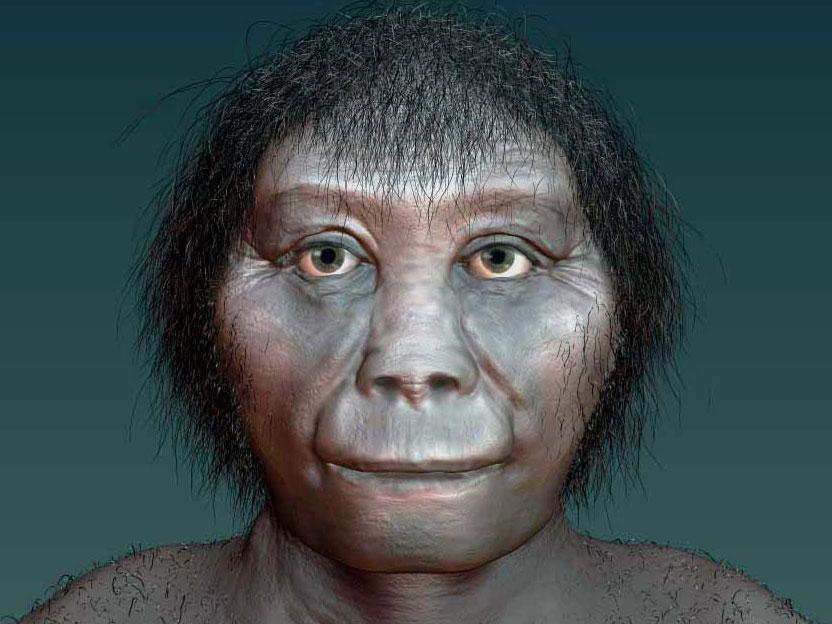the hobbit
New evidence suggests Hobbits or dwarfs found on remote islands in Indonesia are a new human species, not just dwarves.
The debate about the creature that has the scientific name Homo Floresiensis continues since it was first discovered in 2003. With a height of only three feet, the creature has only half the size of the human brain in general.
Many scientists believe that the creature is not a separate species. However, it is believed to be an early period of human disease or beradptasi life of the island 18 thousand years ago.
However, the study found that the jawbone and skull of the creature were stronger than humans. This reinforces their existence as a separate species from humans.
Researchers also found that they (hobbits) had shorter pelvic bones and shins. Such physical circumstances cast doubt on their ability to survive on the island, and denied the dwarf theory.
"It is very difficult to believe an evolutionary change leading to a backward movement," said Dr. William Jungers of Stony Brook University, New York who led the study.
"It makes sense if the species is re-evolving to the femur and legs because long legs will improve walking."
The researcher also insists that the hobbit is not a product of a medical error called microcephaly.
"The attempt to deny the hobbit as a human pathology has failed to prove, because the medical diagnosis of dwarf syndrome and microcephaly has nothing in common with the anatomy of Homo Floresiensis," said Dr Karen Baab, one of the study's authors.